Electrical Safety Month
Observing Electrical Safety Month
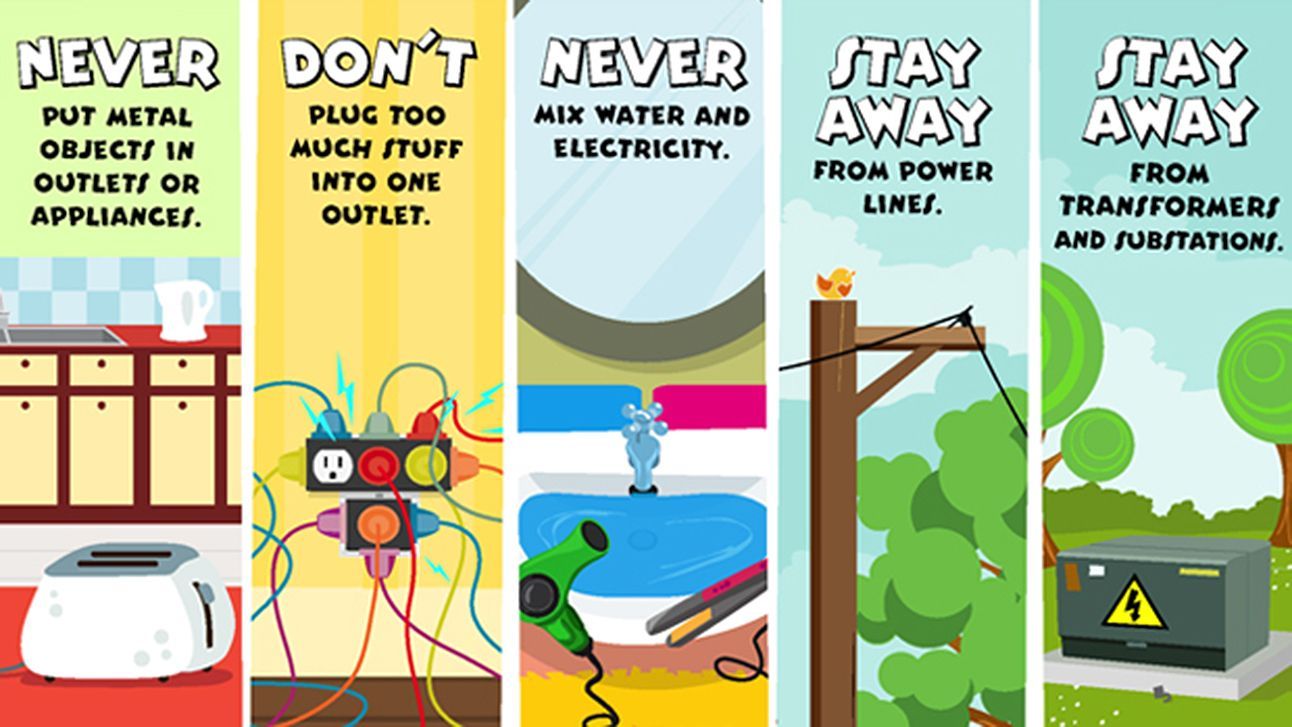
May is more than just a month of blooming flowers and warmer weather; it's a time dedicated to raising awareness about electrical safety. In an age where electricity powers almost every aspect of our lives, understanding its potential dangers and taking proactive measures to ensure safety is paramount. Welcome to Electrical Safety Month, a time to shine a light on the importance of electrical safety in our homes, workplaces, and communities.
Why Electrical Safety Matters
Electricity is an essential part of modern life, powering our homes, businesses, and industries. However, it also presents various hazards if not managed properly. Electrical accidents can result in injuries, fatalities, and property damage, making electrical safety education crucial for everyone.
Raising Awareness
Electrical Safety Month serves as an opportunity to educate individuals about potential hazards and how to mitigate risks. Through various initiatives, campaigns, and outreach programs, organizations aim to spread awareness about safe electrical practices. From tips on preventing electrical fires to guidelines for using electrical appliances safely, the goal is to empower individuals with knowledge that can save lives.
Home Safety Tips
One of the primary focuses during Electrical Safety Month is on promoting safety within the home. Simple precautions can go a long way in preventing electrical accidents. Here are some essential tips:
1. Inspect Regularly: Routinely check electrical cords, outlets, and appliances for signs of damage or wear.
2. Avoid Overloading Circuits: Distribute electrical loads evenly across outlets to prevent overheating and potential fires.
3. Use Ground Fault Circuit Interrupters (GFCIs): Install GFCIs in areas where water is present, such as kitchens, bathrooms, and outdoor outlets, to prevent electric shocks.
4. Keep Water Away from Electricity: Never operate electrical appliances near water or with wet hands.
5. Unplug When Not in Use: Disconnect appliances and electronics when not in use to reduce the risk of electrical hazards and save energy.
Workplace Safety
Electrical safety is equally important in the workplace, where the risks can be even higher due to complex machinery and industrial equipment. Employers have a responsibility to provide a safe working environment and ensure that employees receive adequate training on electrical safety procedures.
Community Engagement
Community involvement plays a crucial role in promoting electrical safety. Local organizations, schools, and businesses can collaborate to organize workshops, seminars, and safety demonstrations. By reaching out to people of all ages, backgrounds, and professions, we can create a culture of safety that extends beyond individual households.
Looking to the Future
As technology continues to evolve, so do the challenges and opportunities in electrical safety. From renewable energy sources to smart home technologies, new developments bring both benefits and potential risks. Electrical Safety Month serves as a reminder to stay informed, adaptable, and proactive in addressing emerging safety concerns.
Electrical Safety Month is a time to reflect on the importance of electrical safety and take steps to protect ourselves, our loved ones, and our communities. By promoting awareness, education, and proactive measures, we can prevent accidents and ensure that electricity remains a source of empowerment rather than harm. Let's celebrate Electrical Safety Month by committing to safe practices and spreading the message of safety far and wide. Together, we can make a difference and save lives.
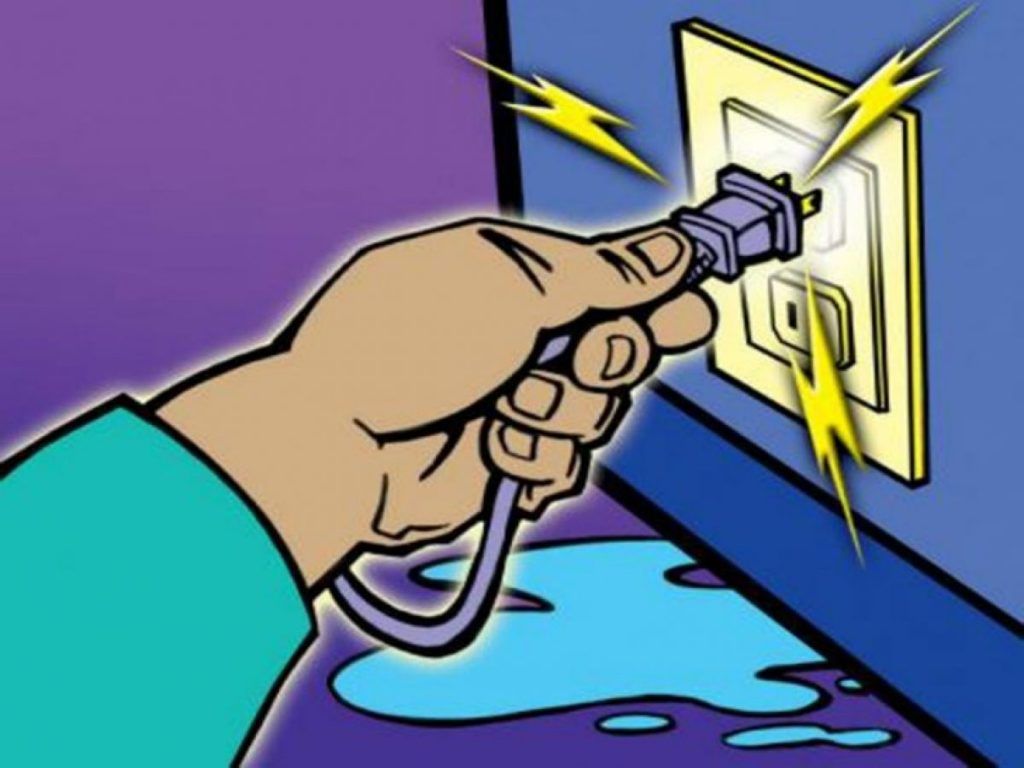

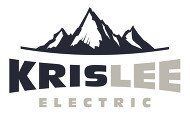

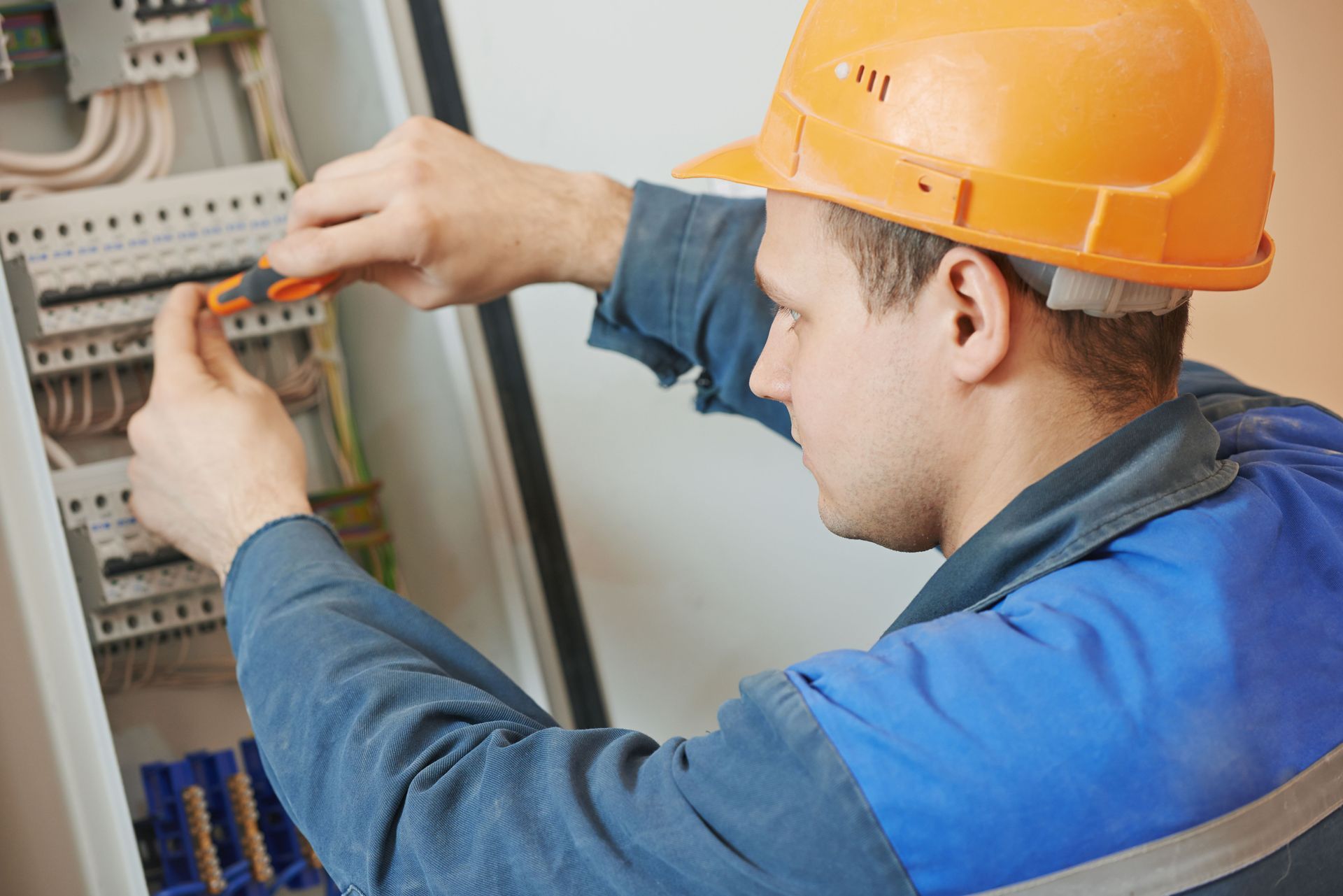
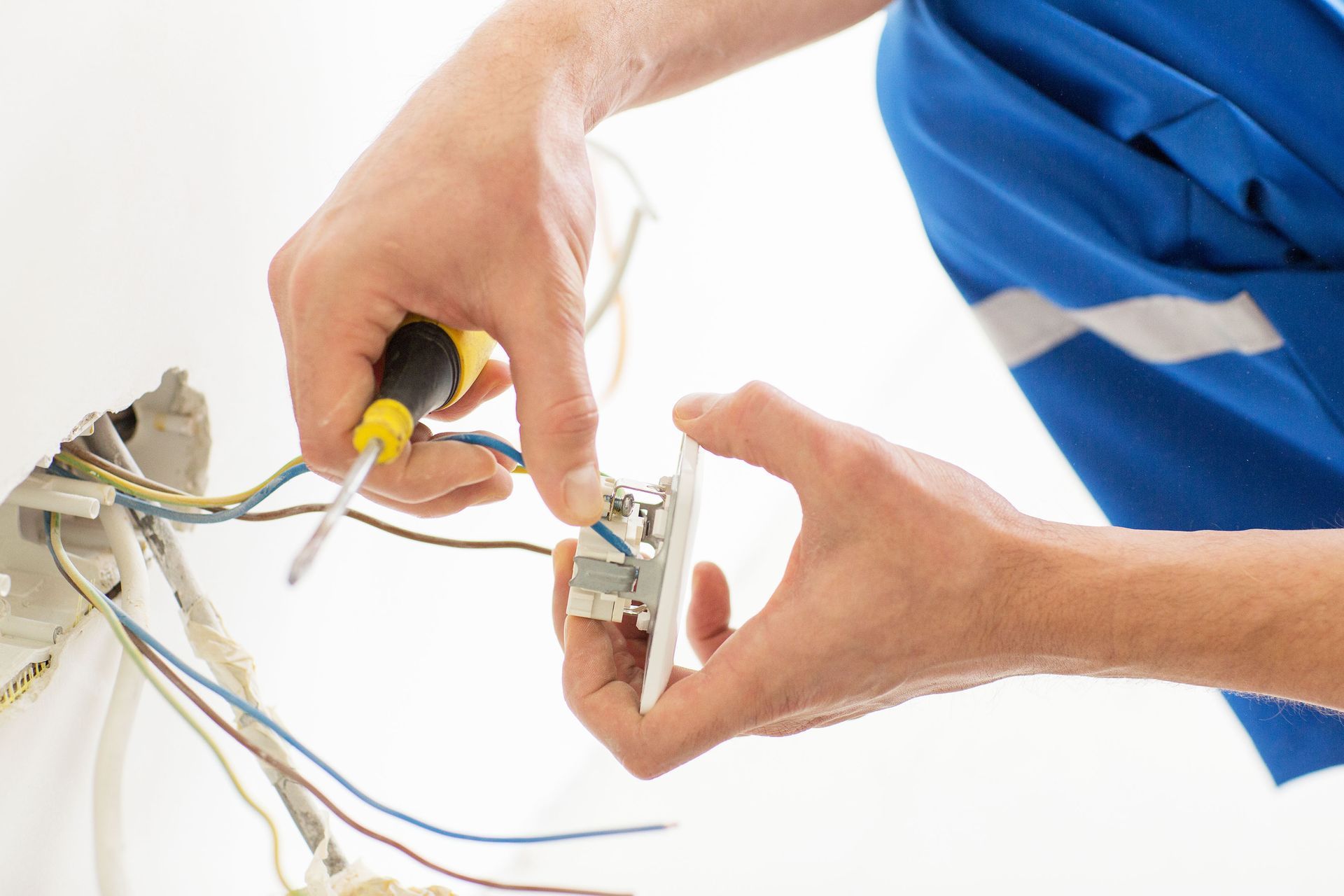
Share On: